In 1980, I turned 15 and picked up a camera with the intent of making not pictures but images… no mere snaps for me. Unduly influenced by black & white movies (from the Marx Brothers to Jimmy Cagney), and longing for a gaberdine to mimic the understated swagger of Humphrey Bogart, I was thoroughly preoccupied with being, by my own definition, cool. “Why photography?” you might have asked. “Because I can,” would have been my surly reply. (The Fuck Off was silent.)

There was no one to please but myself. By 16, I had a job and saved enough for a dense black Zenit SLR. And, soon after, I discovered the red lit sorcery of the darkroom. Heady from the realisation I could control the whole process from idea to print, I began to fashion my own language. Partnered with the arrogance of youth, I set off to make my fortune, bundling my worldly goods into a red spotted handkerchief, hanging from as staff at my shoulder. Oh. That was that Dick Whittington.
Before long I was named Nikon Young Fashion Photographer of the Year and presented with a brand spanking new Nikon FE2 and, more importantly, some worldly validation. Mostly I pointed my 50mm at those close to me, in retrospect, exploring my relationships and recording those monochrome times in grainy Tri-X.
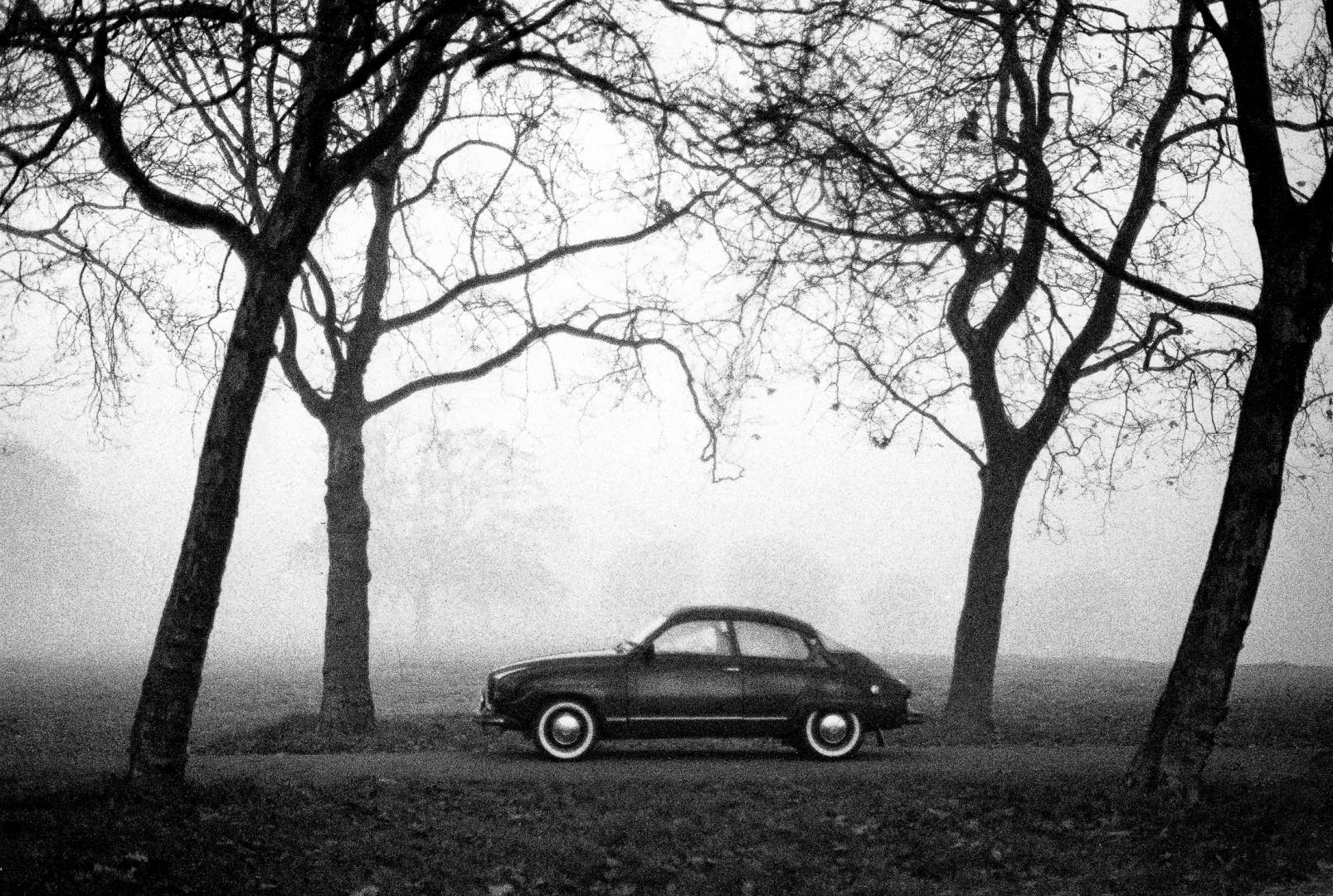
Explosion in B&W
Within a year I was being paid royalties from the blossoming poster and postcard market; an explosion in black & white for the general public to post to one other or hang on their loft-style walls. I thought I was set for life and so rubbed my hands together, settling in for a long career by the letterbox, waiting for the quarterly cheques to drop. Reality took a different view however, and much as I wanted to follow in the footsteps of classic, humanist image makers, like August Sander, Robert Doisneau and Dorothea Lange, I had to find actual work that clients would pay me for. I resented it.

Art or commerce; the archetypal dilemma. I bent with that wind as little as possible but came to see that any photography job might hint at, or evoke, the simultaneous coalition of the head, the eye and the heart, could help me develop Cartier Bresson’s line of sight. This then, had to be preferable to working for a living.
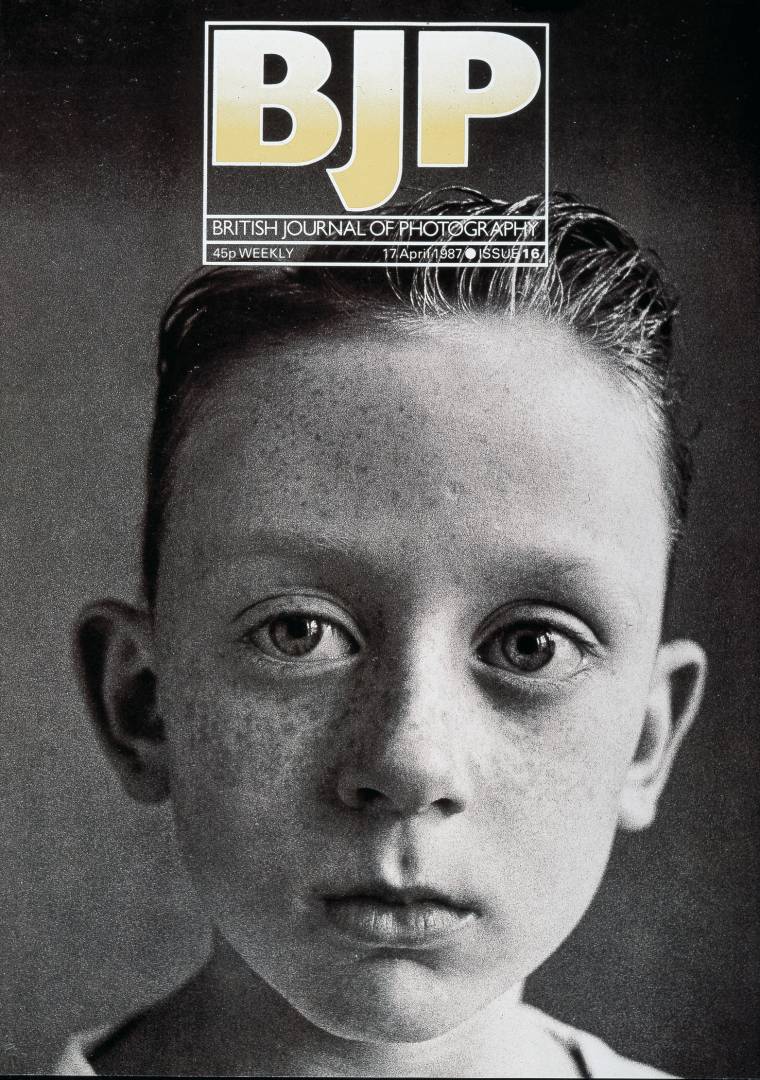
Hatch, match, no dispatch
“Weddings,” my dad said, “in sepia. And Christenings.” I didn’t listen, I was too cool. By 21, I had the cover of the BJP, and two small children. Ask me why I’m taking pictures at this time and I would tell you about the bills, the tightrope of survival from job to job. Then, out of sight, I would show you the suffering artist and quietly wail about not being discovered.
Some frugal years later I met John Hamilton, the art director of Penguin Books (RIP). Black & white had started to fall from favour and I had refused to adapt. I turned up in a bus driver’s uniform, which tickled that working-class lad from Glasgow. “There are a lot of seriously talented photographers out there driving minicabs,” he told me, “but you’re the first bus driver we’ve had in.” I doffed my peaked London Transport cap, “move along the bus now please.”
That collision of minds led to a run of excellent jobs and unlikely, often drunken adventures. I took to natural-light portraiture and, on several occasion, got handed a plain, white-jacketed novel to read so I could have a creative hand in the process that would be unthinkable now. His words stuck with me; it’s was hard out there and talent comes without guarantees. In 2021, it’s maybe harder than ever to earn a living, with iPhones and Instagram making photographers of us all. In this pocket of time, I am taking pictures now to prove myself, to be seen and commended, to emerge. And to stop driving buses.
Quite rapidly, Getty and his mates put an end to the bespoke book jacket as pictures could be found for pennies and so, for the rest of the nineties, I photographed a lot of things and people that I would not have chosen to. Yes, Dad, I did quite a lot of weddings (as second photographer). Nowadays, wedding photography is a worthy career choice. At that time, I felt defeated by having to do it. I was shooting 35mm monochrome and persuaded my partner, Andrew to throw his medium format and tripod to the wind.
We were at the forefront of the photojournalist takeover of what had become quite a staid and predictable genre. We were the revolutionaries, often shooting three weddings a week, piling up the cash, and getting ourselves some excellent press—inadvertently, we became the new face of wedding photography spread across two pages of the Sunday Times and we bathed as brief darlings in a handful of wedding magazines.
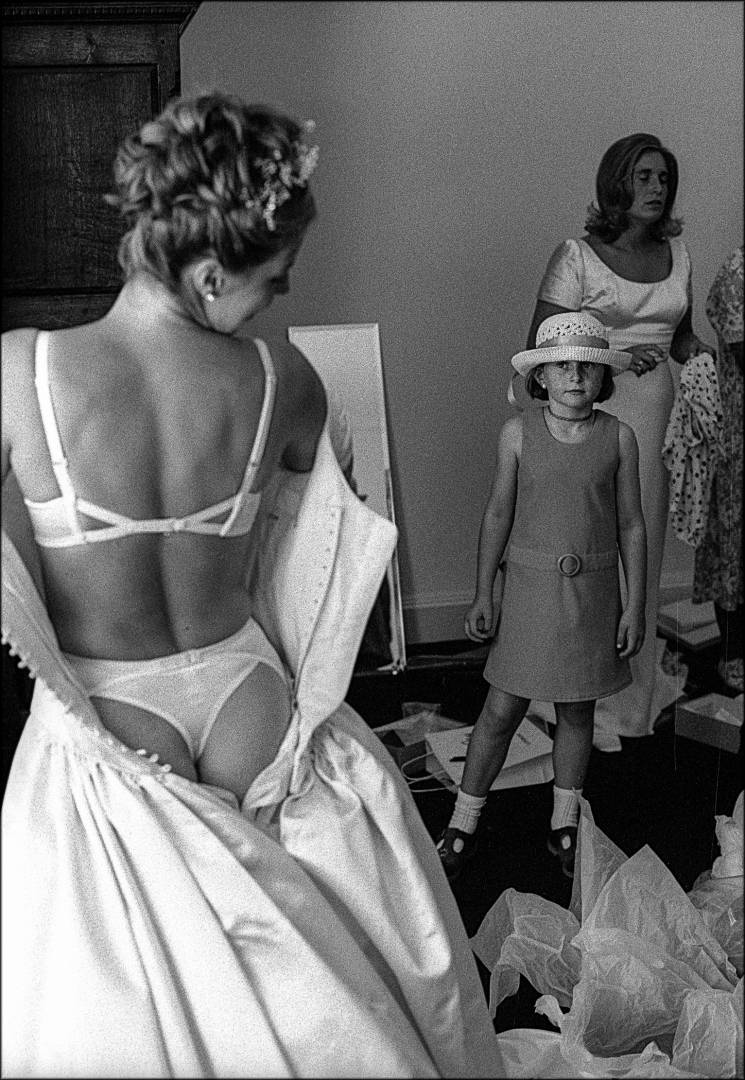
Say testicles
I tried to resist but alternatives were scant, and a wedding, after all, is somewhere between an ancient ritual and a drunken brawl, often both. So, and taking into account my enthusiasm for free flowing alcohol, I reframed my discomfort. I photographed people being themselves in these situations, relating, showing their best selves on purpose and their worst by accident, I captured hatted silhouettes making shapes, laughing, crying and couples occasionally being in love (am I too cynical?).
“It’s not reportage!” I would cry at the unpretentious Andrew, who enjoyed kissing the bride and shouting, “say testicles everyone!” to a smiley group. I was there for the work and the friendship with Andrew. I named us The Charmer and his Shadow and did my best to remain invisible, camouflaged by my camera.
Nothing lasts forever. In the nick of time, I got sober. As Andrew told me, “Through sheer hard work and determination, you reached your lifetime quota early. You can stop drinking now.” I took the early Millennium years away from photography, needing time out from the rigours of the freelance life, and instead trained and worked as a psychotherapist, hoping to be left alone by the need to express myself. Yet here I am still asking why. The camera, it turned out, is a hard friend to leave behind and through a combination of stubbornness and a tolerance of poverty, I was lucky enough to have further spells of fulfilling photography jobs.
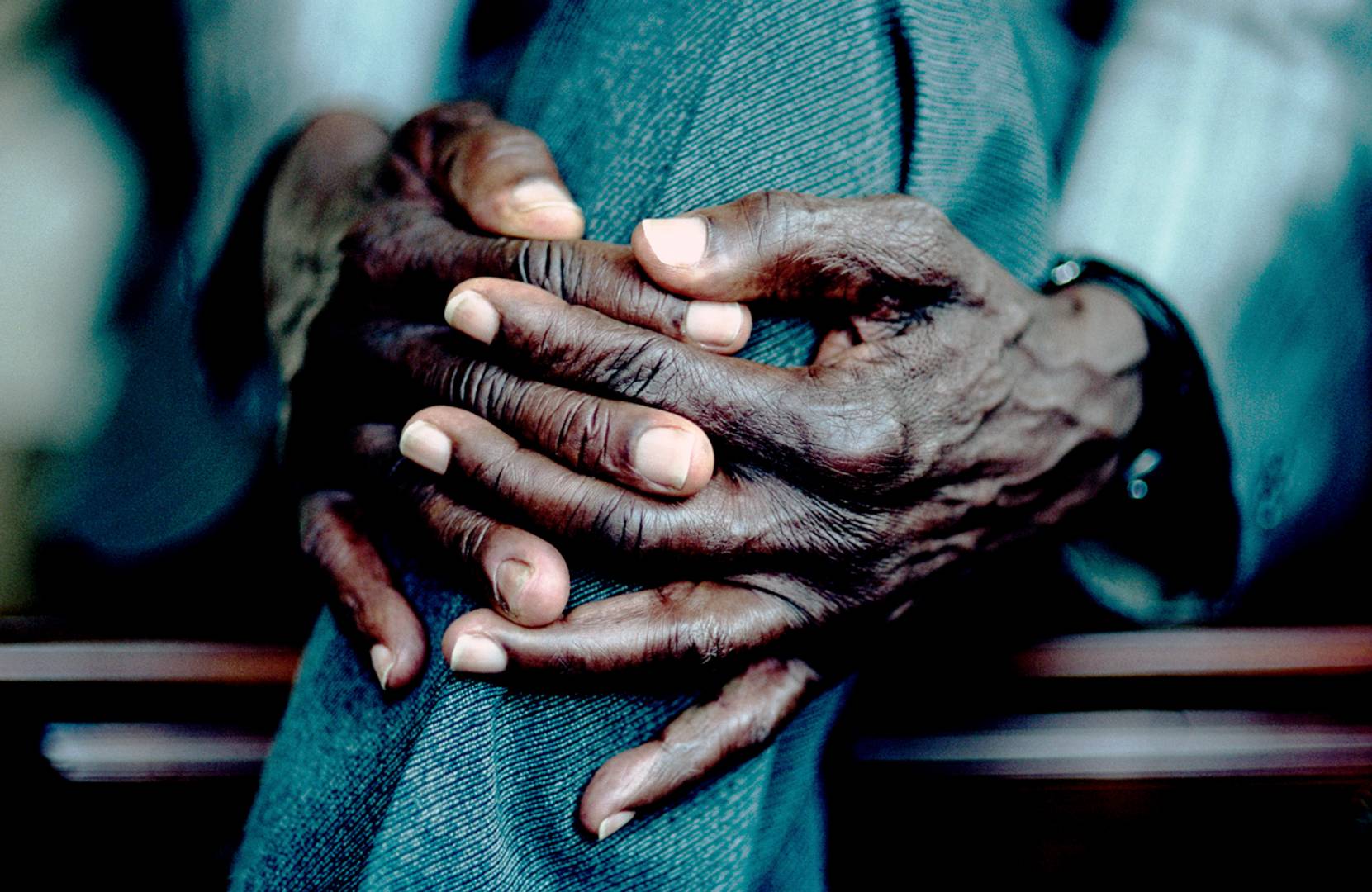
Food and travel
I’m not sure it conforms to any real description of a career though the peaks outweigh the troughs (from up here on my hill of years). There was little planning, some burst of energy and more outbursts of despair. I had a lot of luck. Following a spontaneous trip to NYC, I shared the pictures to a small list of travel magazines—an astounding response to a single email led to five years of travelling the world, documenting small areas of faraway countries (they called it ‘food and travel’ but I knew I was all-expense-paid exploring).
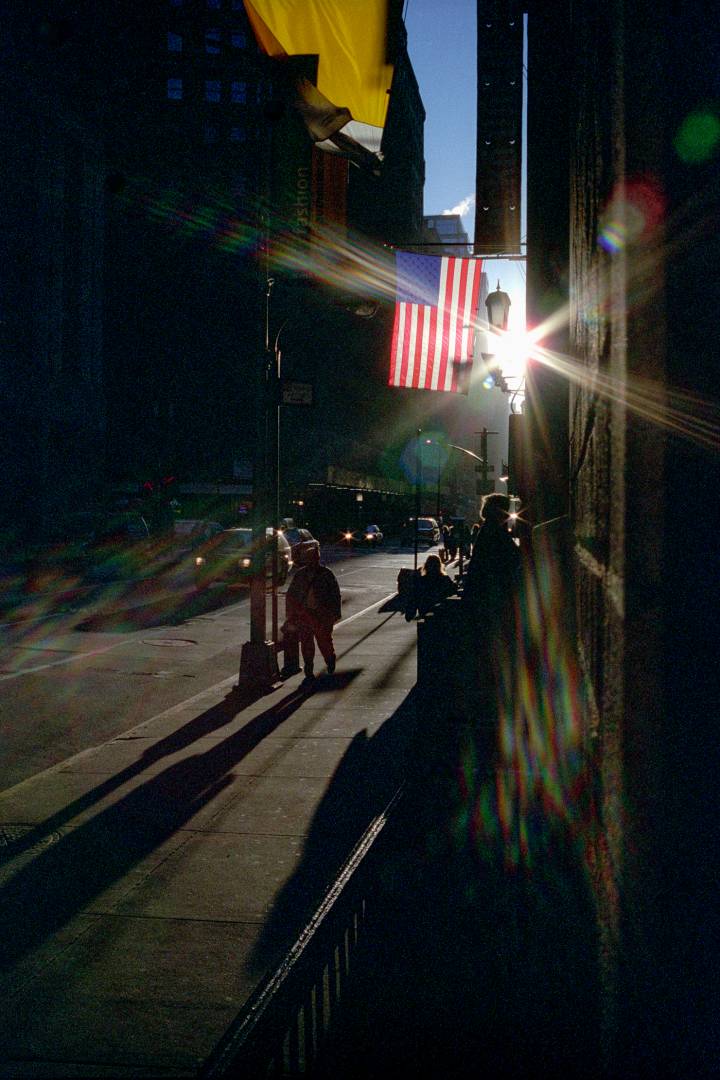
I could never have expected to see so much of the world. I reluctantly came to embrace digital photography and hence, colour. The beauty of the food and travel work was my complete lack of choice and input. The phone would ring and a few days later I would be getting on a plane to be met at the other end by a tourist board rep or other interested party, waving an itinerary.
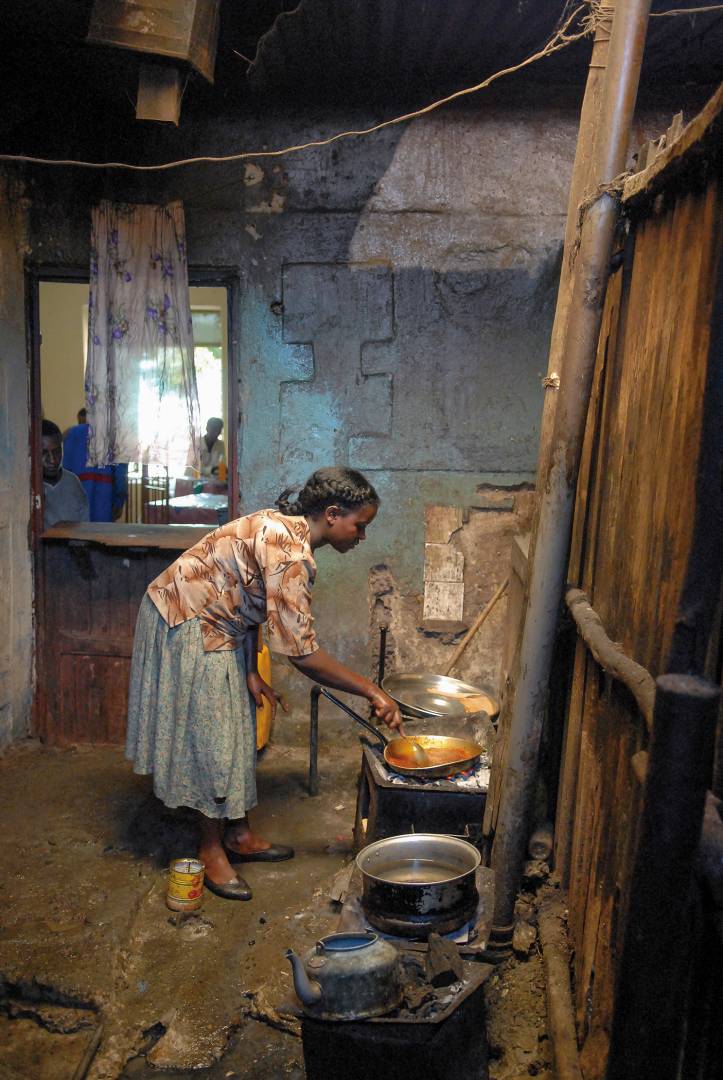
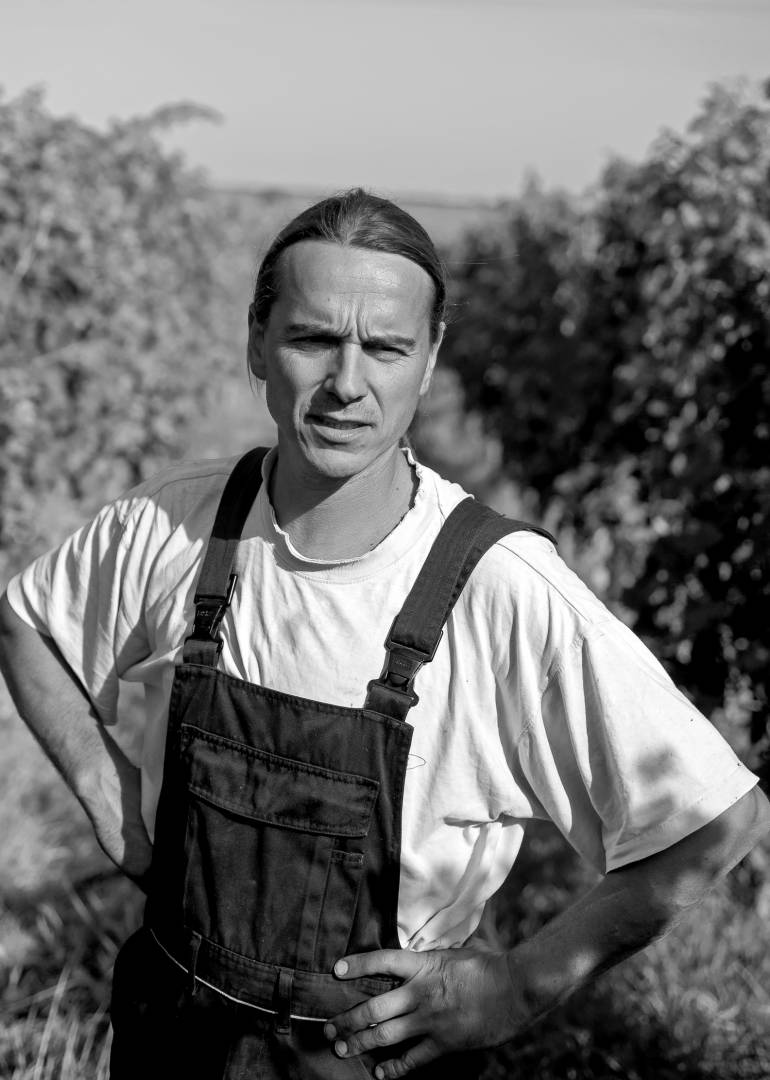
Never be successful
I have met and portrayed extraordinary writers, actors, chefs, artists and hardworking people, whose work ethic I envy still. I have images in the permanent collection of the National Portrait Gallery and have published dozens of features. I even had a photography column for a little while but was perhaps a little too philosophical. The why of these times is answered by a sense of professional identity. I take photographs because I am a photographer. Or I think therefore I photograph. More simply, I got to have a good look around, tell some stories and make pictures I’m still proud of. “Never be successful,” a travel writer advised, “you won’t want to take pictures anymore if you’re not hungry.”
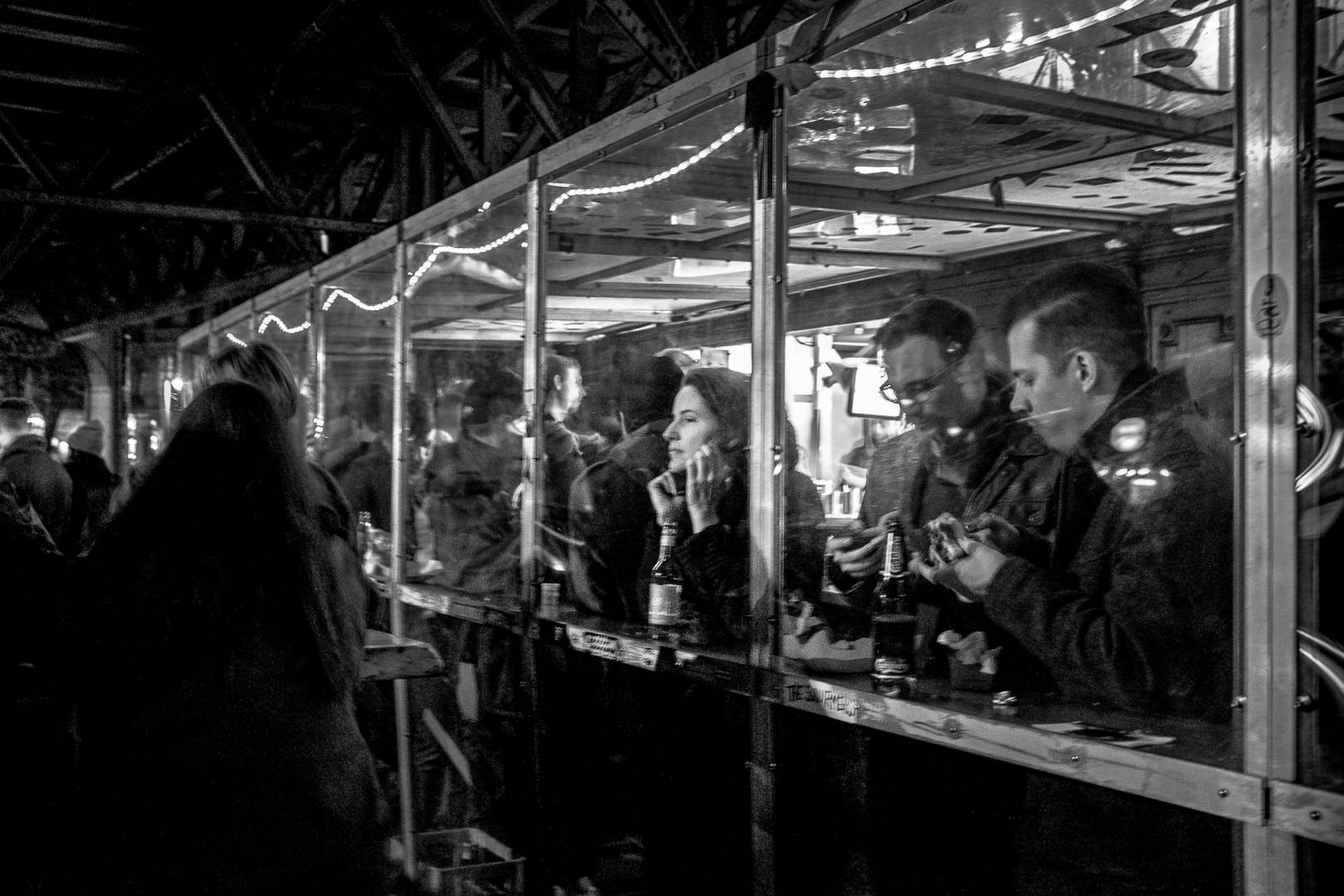
More recently, my photography has primarily served to feed the needs of Merchant & Mills, our fabric and sewing company started in 2010. I took it upon myself to use photography (and graphic design) to make our customers covet. Pictures for profit? Of course, but my heart is in it because it is our company. I stand by my output, push my skill set and do my darnedest to impress the harshest critic of all—myself. Whether travelling, shooting models or perfecting colour balance for sumptuous cloth, photography still challenges me and has given me a clear role in the company and a huge audience to show to (100k followers on Instagram who really, really love cloth).
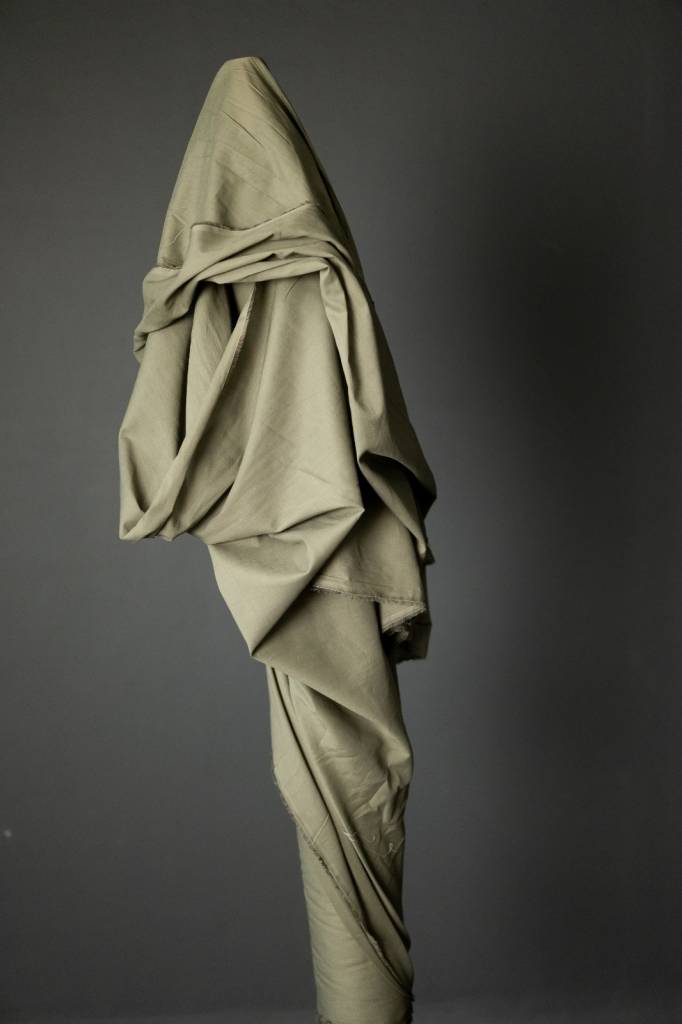
Leica mindset
Nevertheless, fortunately and unfortunately, it also eliminated that hunger I was warned about whilst simultaneously affording me access to the Leica stable; for my purposes, the best there is in camera equipment. In the ‘studio’ any camera from the SL line acts like a friendly old Hasselblad, or 5×4, with outrageous detail and bokeh. Whilst it also translates to the field, the Leica M mindset is a conscious, applied slowing down that is often welcome and occasionally frustrating. There is a gravitas, a physical and emotional weightiness to the machines that says, respect the engineering, honour the legacy, make this picture matter. Is it the truth? It doesn’t matter, it works for me.
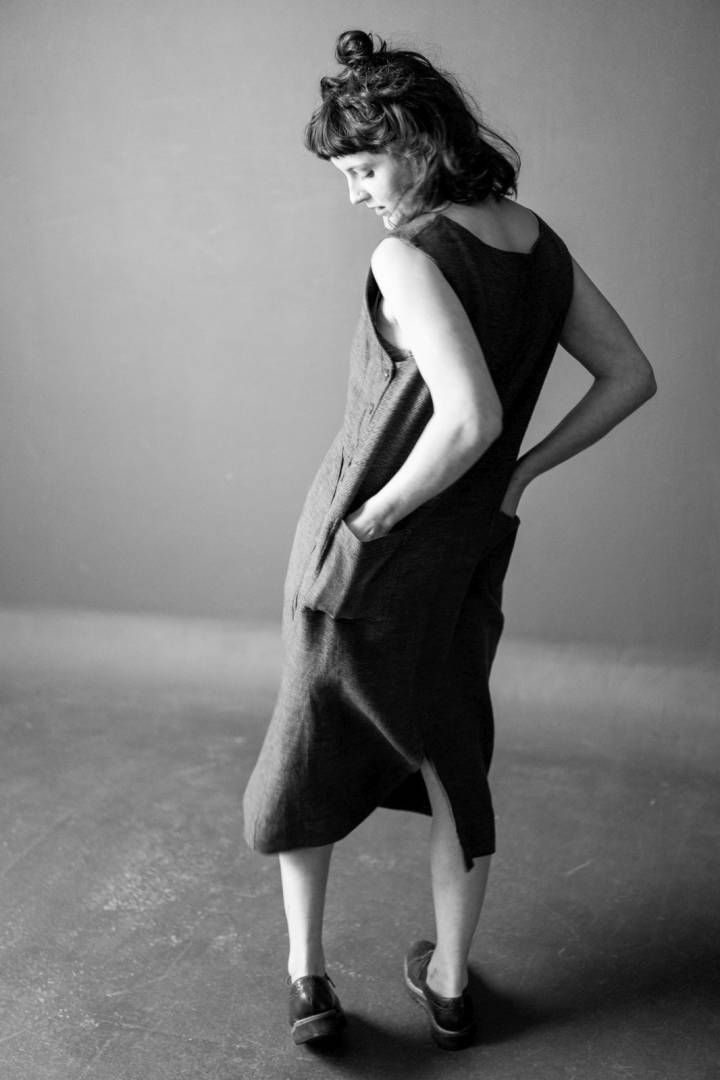
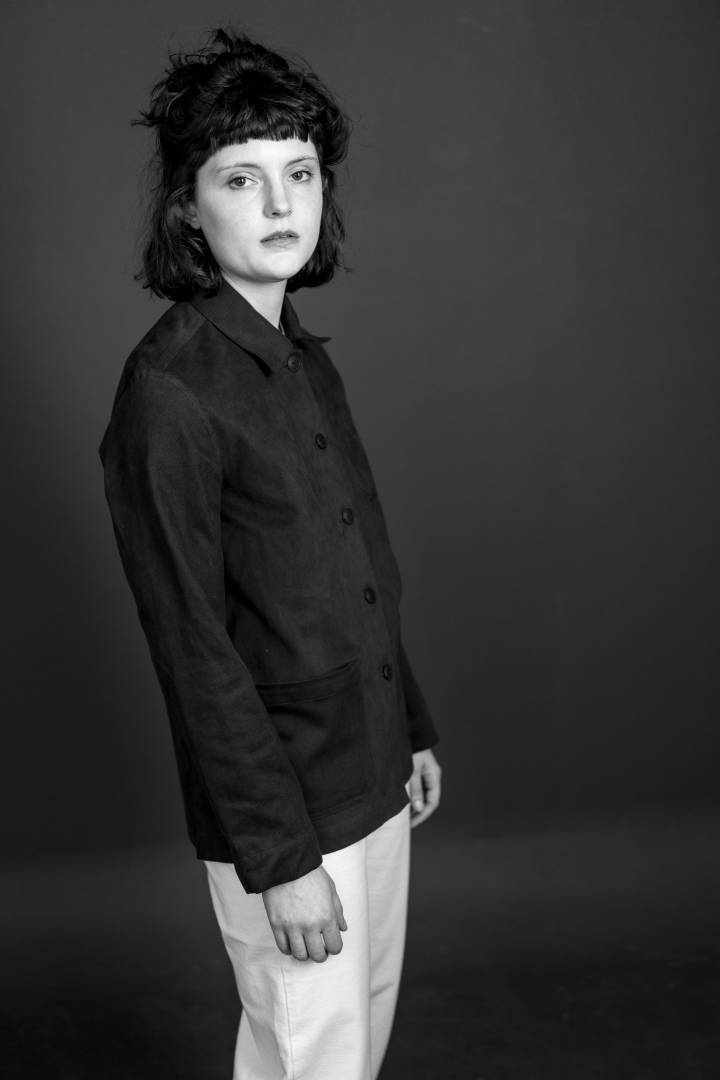
With the company growing ever bigger, many of the everyday tasks have been delegated to more skilful people and the demands on my time have diminished. As I remind myself to be grateful, I find myself once more at the ‘why’ of my own photography. Often, in those still, quiet early hours of the morning, I wonder if the why might simply be that we all want to be seen. Look what I made! Put my drawing on the fridge mum!
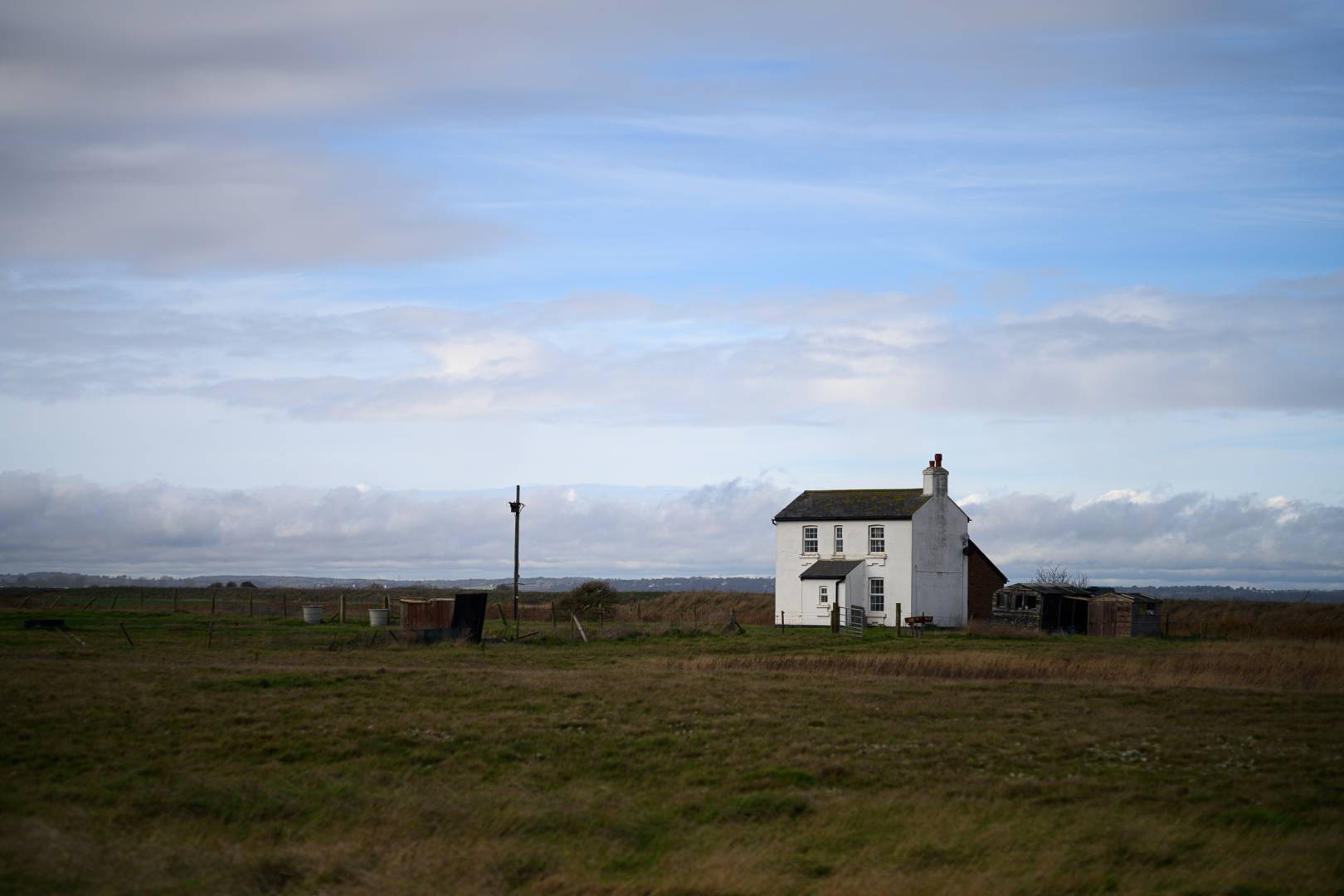
Knife and fork
In 2020, as the world changed, I started to actively take my camera out with me again in a way that I hadn’t for decades. “A true pro eats with his camera,” I once read in Amateur Photographer (though I continue to prefer a knife and fork myself). Once again I find myself leaning into black & white even as I admire the subdued palette of the small and precious Leica lenses. As time passed, I noticed a phenomenon evolving: it seemed that if I failed to go explore, my mood would drop, I would become more negative and feel disconnected, morose even.
Now I know that I am prone to over-thinking, self-analysing the small ripples of mood throughout the day, but this was clear – the act of photographing, of noticing details, light, colour, weather, movement and change was bringing me into the present, demanding I literally focus and pay attention as I interact with whatever is before the camera. This they called mindfulness, practical and immediate, free of charge and always available.
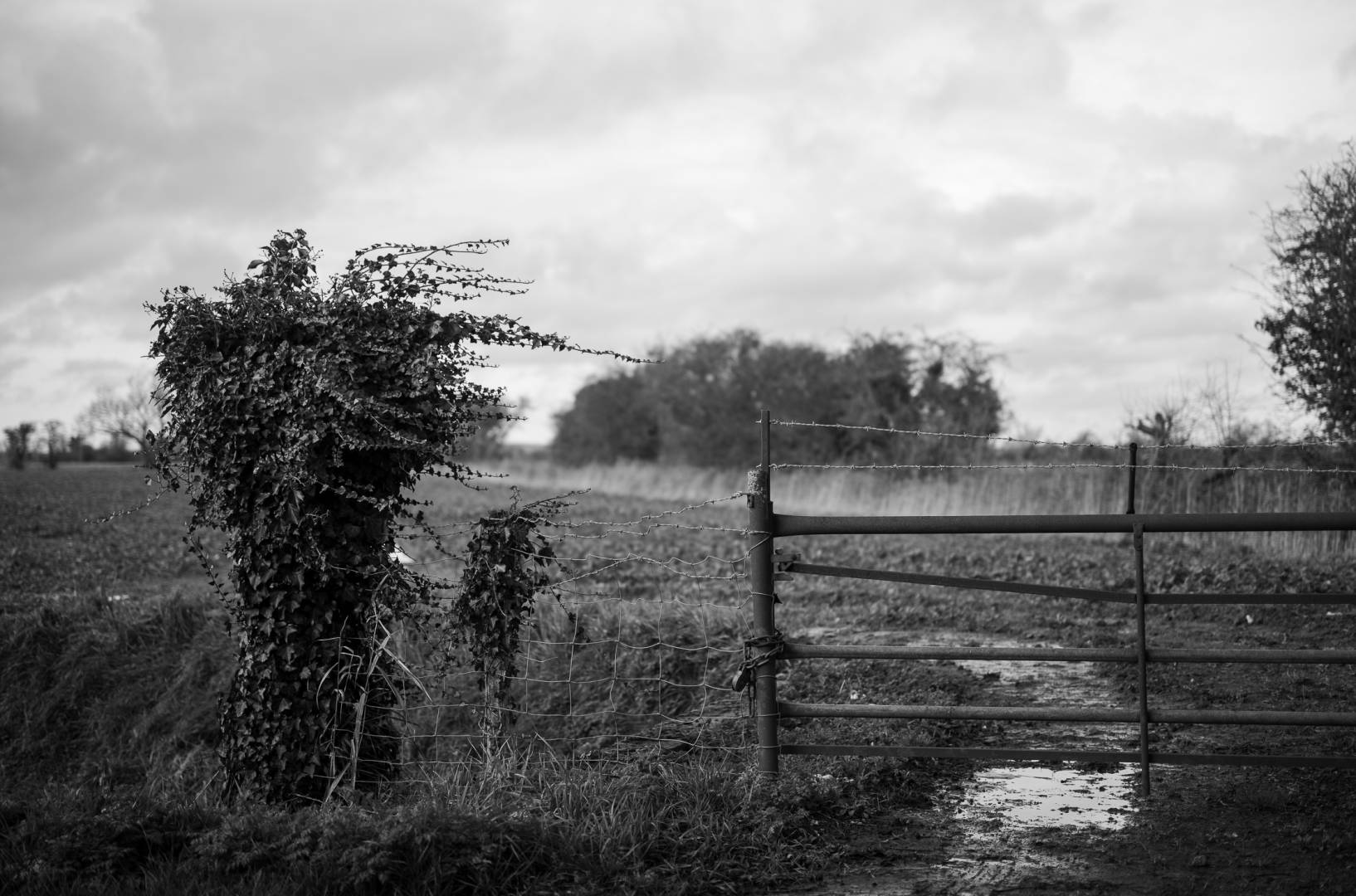
Even as I nip to the shops in the car, I make this a practice, unpaid and essentially without purpose beyond the simple making of pictures. The rule is: one camera, one lens. It begins when I say to Flower (the small black dog), “which lens today then, are you thinking 28mm, or something a bit longer? How about a shallow focus day with the Summilux?” Her ears prick up and she looks at me quizzically. “Oh, I suppose you’re right,” I say, “the Summilux has such a painterly render!”
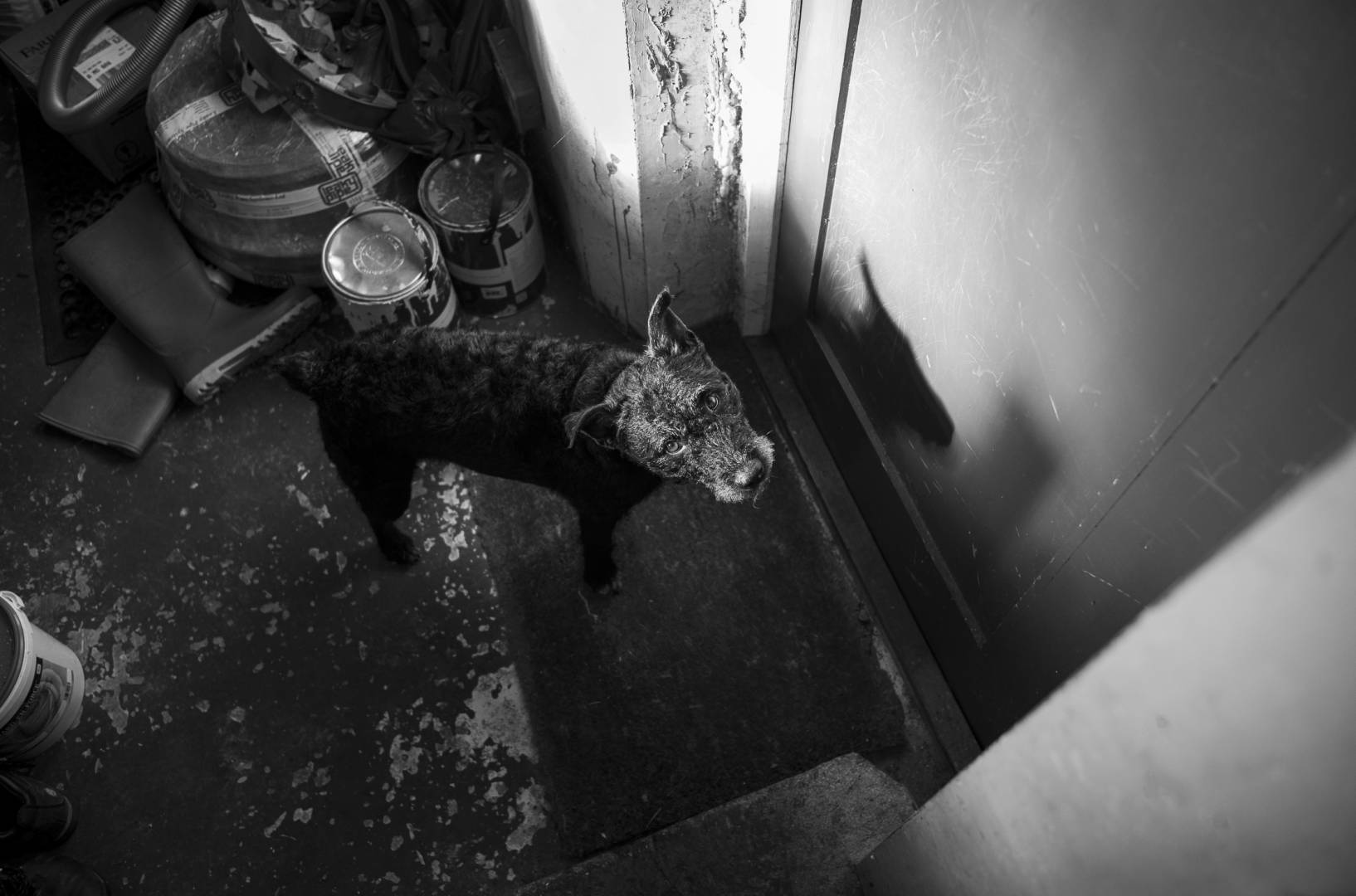
Out to explore
By the time the camera is around my neck she is verging on hysterical, circling and whimpering. She knows this means we are going out, to examine and explore, to be in the day whatever it holds. She is better at this than I am. And though I am often reluctant (the light isn’t good enough or the wind is too fierce), I have learnt over time that I never regret making the effort.
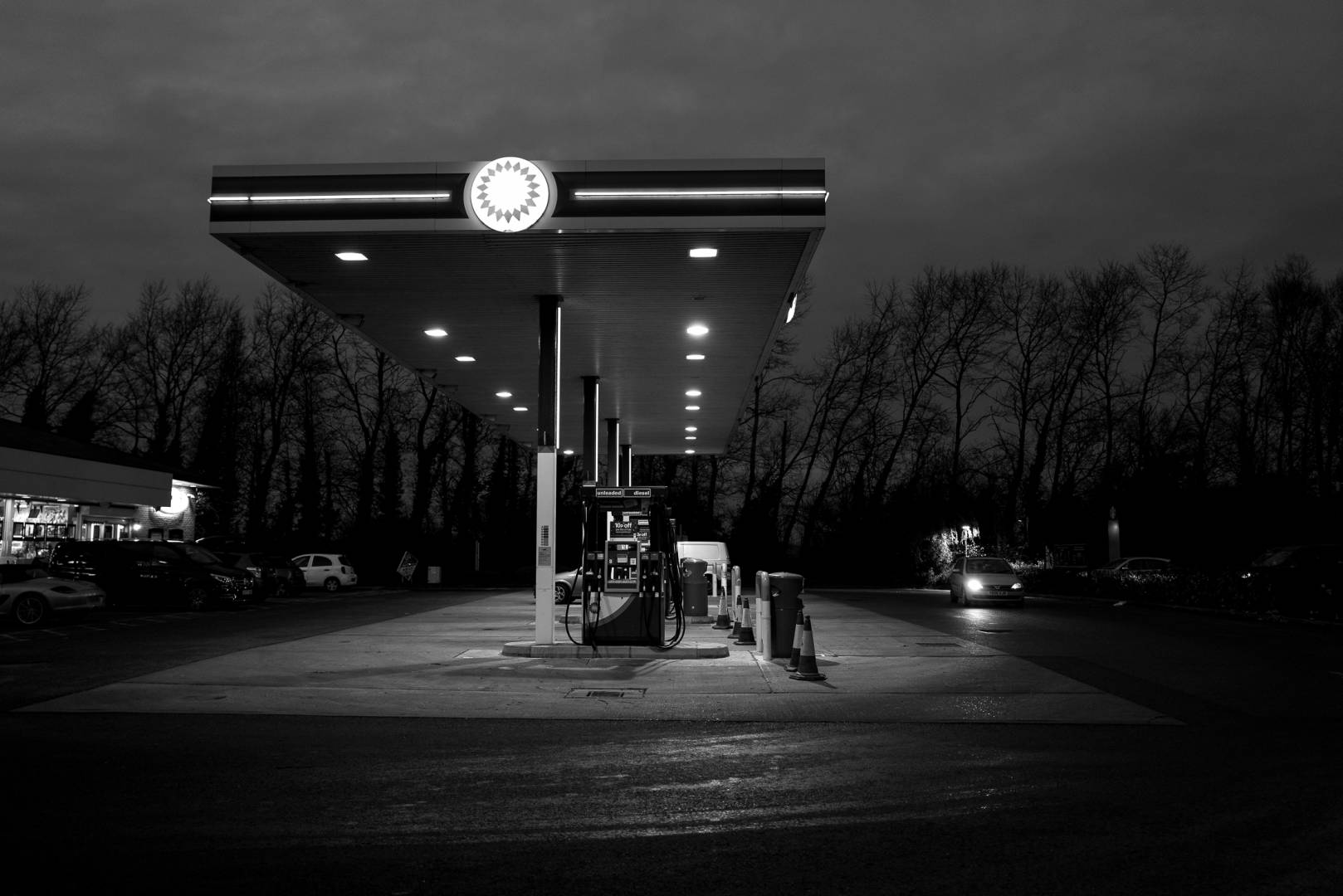
Later in the day, usually after dark, when the house is quiet and Flower lays dreaming on the bed, I reflect on the fruits of my labour. I open Lightroom and set a slideshow to run, an uninterrupted tale of the day’s movement, the things we saw. There is a rule here too: no pausing, no flagging of picks, no spontaneous editing. First, I taste the mood, remember the feelings. Only then am I allowed to select and optimise the half dozen, or the lone image, that says, “this day was here, I was in it, I witnessed it.”
This is the conversation with myself, the self-therapy that says I was lonely, or I was enchanted by rust, or I went further, driven by curiosity. Sometimes, the pictures say, you spent three grand on that lens? Am I now using the camera to accompany my trek through the days as I come to understand that this is what is to be a person, one long walk through time, evidenced by the photographic record? Am I keeping in touch with my lone self in the absence of a more varied crowd? Ask me why I am taking pictures now. I don’t know! I just am.






Yes Mike, I do understand that it can be contentious. Although I will post on this subject elsewhere, I won’t continue to do so on Macfilos.
Best wishes to all,
Richard
Roderick and others:
The video I recommended in my last post did a very good job of showing the contrast between an atheistic view of life, and the results of that view, and the Christian view. But it did nothing to convince anyone that the Christian view is indeed true. I certainly don’t want to leave anyone dangling. There is extremely powerful scientific evidence that our universe is NOT an accident. To see a quick and simple explanation of this, please do a YouTube search for REASONABLE FAITH FINE TUNING. If you are looking for more evidence, please search for REASONABLE FAITH KALAM COSMOLOGICAL ARGUMENT.
Roderick and others. My whole purpose here is to bring the joy and meaning of life to everyone, and to show that Jesus really did conquer death and offer eternal life to you and everyone.
Kind regards to all.
Richard, thanks for this. I appreciate your good intent, but I have a policy of avoiding any contentious issues such as politics and religion. Views on both are very strong and a site such as Macfilos is not the place for discussion. I hope you understand the reason for this.
Love everything written by Roderick, I used to look forward to his articles in Black and White Photography. Good work.
As to The Meaning Of Life? Easy, it’s 42. And god is a DJ. Good luck with that. If you want philosophy try Leicaphilia, great blog.
Hello again Roderick, and everyone. As I stated in my previous message, I hope to be helpful to anyone who is searching for the answer to the question, Does life and anything we do, photography or otherwise, have any real meaning? I certainly believe the answer is, Yes! I think the simplest way to answer this question is to point you to a short animated video that is both simple and profound.
Please do a Youtube search for: REASONABLE FAITH IS THERE MEANING TO LIFE?
And please keep taking those magnificent photographs.
Ok Roderick, I’ll tell you why I read your story. I looked at 75 pages of icon photos (with 10 icons per page on my cell phone.) Your young couple in black and white is the best. No, I didn’t see the other photos inside all those other articles, but I did see yours. You have both a magnificent talent as well as skill. I would rank your photo of the old gentleman’s hands, the BJP young man (you don’t need me to tell you that when those people choose you for the cover), the Ethiopian young woman, and the photos of the lovely young woman as also magnificent. But your icon photo of the young couple is the best of all. I think it’s the very high contrast of the couple, blurring of the background, texture of the background, depth, and most of all the joy and delight these young people have for each other that you captured. Very very nice work! By the way, is the young woman in slacks your beautiful wife? Now concerning your question about photography, I believe it reflects an even deeper question. Why do we do anything, and why are we even here, and does any of it have real lasting meaning? I have been blessed with the answer to these questions. I’ll write about it here in the future. But I’ll have to rely on the tremendous photographers that read this blog to create the accompanying photographs. Thank you for your top of the line photos and very interesting article.
Hi Roderick,
I cannot offer any definitive answer to the question – probably because there isn’t one – but I enjoyed the article. I think I photograph to record and preserve something that interests or has a particular meaning for me. And sometimes to illustrate a story or my personal journey through life. I assume that a client or an employer would pay me to do the same for things that interest them be it their wedding, a newsworthy event or to show something they want to sell. When you work it out please let me know!
Dear Roderick, I already enjoyed reading your first contribution to Macfilos, but this second one was very moving and in a way heart-warming to me. We all should be very grateful for your authorship on Macfilos. Sharing, as a word, is being used in an inflationary way nowadays, but here, you really gave something precious and I treat it as a gift. Thank you. JP
Thanks Jörg, that is really encouraging. At a certain age we all have to accept who we are, weary of the fight, and in the words of Otis Lee Crenshaw (Rich Hall) ‘take all this heartache and paind and turn it into some good hard cash’. In this instance, the currency is relationship, both virtual and real.
Thanks again
Roderick
I had to read it twice. There’s a lot to unpack. Well done.
Wait till you read it a third time! Enlightenment!
Thanks Hank
Thanks John, high praise indeed. More to come!
Roderick, oh dear, I may have got this 180º wrong. I posted my fulsome praise after reading your story and concluding that you had written it with your tongue firmly lodged in your cheek. It seems that I may be alone in that interpretation-enlightenment please.
Hi John, not really sure what you mean. I hope to be entertaining but am also relentlessly honest. Thanks for the praise, genuinely.
Best
Roderick
Superb-one of the best Macfilos posts ever-both the eloquent writing and the photography.A joy to read.Thank you.
Hey Michael, nicely put! Get writing, it’s very absorbing and fulfilling, especially when it reaches people who can relate. Keep safe!
I really enjoyed reading your journey in photography, it made me think I should write a bit about my our journey one day! As we seem to have had similar issues of artistic integrity and commercial need to make money so the starving artist doesn’t win out somehow and mean we need to leave the field of photography to someone better connected and less talented!
Lovely photos, Roderick, and I am sure that there are a lot more where they came from. Your ending reminds me of the famous ‘cogito, ergo sum’ statement of Descartes, meaning ‘I think, therefore I am’. I have considered what might be an appropriate equivalent for photography, but the roots of that word are in Greek rather than Latin. ‘Photo, ergo sum’ is a bit of a mongrel statement, but I suppose ‘I photograph, therefore I am’ might be a good English equivalent. Mike is the Greek expert around here and he might add to that.
William
Sorry, William, my Greek is poly rudimentary these days. I can just about order choriatiko salad.
But I see Descartes is translated into Greek as: Σκέπτομαι, άρα υπάρχω (Skeptomai, ara iparcho—I think therefore I exist).
Perhaps something on the lines of Φωτογραφίζω, άρα υπάρχω (Fotografizo, ara iparcho) would be a good stab at it. It doesn’t trip off the tongue, though. Any Greek scholars among our readers, there must be? I stand to be corrected.
A Greek friend suggests, departing from Descartes: Φωτογραφίζω…για αυτό είμαι εδώ …(Fotografizo, yia auto eimai etho). I photograph, it is why I am here. Stronger!
Something for a rainy Sunday.
All Greek to me, as the saying goes. I will ask my Magnum friend, Constantine ‘Costa’ Manos, for a suggestion the next time I see him. Costa who was born in the US, but was living in Greece at one time, famously drove from Greece to Paris to avoid conscription and to drop his photos into the Magnum offices. The Magnum letter of acceptance managed to get to him in a remote mountain village in Greece where he thought nobody could find him. He is a mighty fine photographer and a gentleman. He is most encouraging to young photographers and older ones as well. Costa has been using Leicas since about 1952. I hope that he will be able to come to Dublin next year if the planned LHSA event goes ahead.
William
Oh… “I think therefore I am” ist NOT by Billie Eilish???:-) JP
Standing by with a stone chisel to carve the consensus over the doorway…
We’ve just had the worst day for (ever?) and your lovely article has been a pleasure and a balm. Thank you Rod. Now I’m off to bed wishing that it would all be different in the morning (sadly it wont).
Never surrender!
Wonderful photographs and life journey story filled with so much we can relate to on the surface and deep below.
Thanks so much Dan.
Dare I say it, after a long challenging week, and a pants day, I read this uplifting journey. The story gives so much of you, and the images paint around the edges.
I want to read more Roderick, and will most certainly read through your other work.
Hi Dave, glad to have lifted you! That’s what it’s all about. More to come….
Not one but two fascinating features in the same month: thank you for sharing your obvious enthusiasm for taking great photographs.
Thanks Philip. Seems to be the right time for getting out there. More to come!
Your article is quite fascinating and the images are gorgeous. I was surprising myself by constantly going back to study the entrancing quiet beauty of the cloth image.
Thanks for the thought provoking article.
Glad the hypnosis is working! Thanks for the kind words.
Thanks Roderick for the beautiful and poetical text and images. I’m mesmerized.
Jean
Thanks Jean, glad to have got through…
Thank You.
Beautiful. Poignant. Expressive. It’s the scuffs, knocks, scars and breaks that make us interesting and interested in seeing the world around us from different perspectives. It is what Bourdain said makes us hungry for more.
Thanks! Stay hungry, there is more to come.